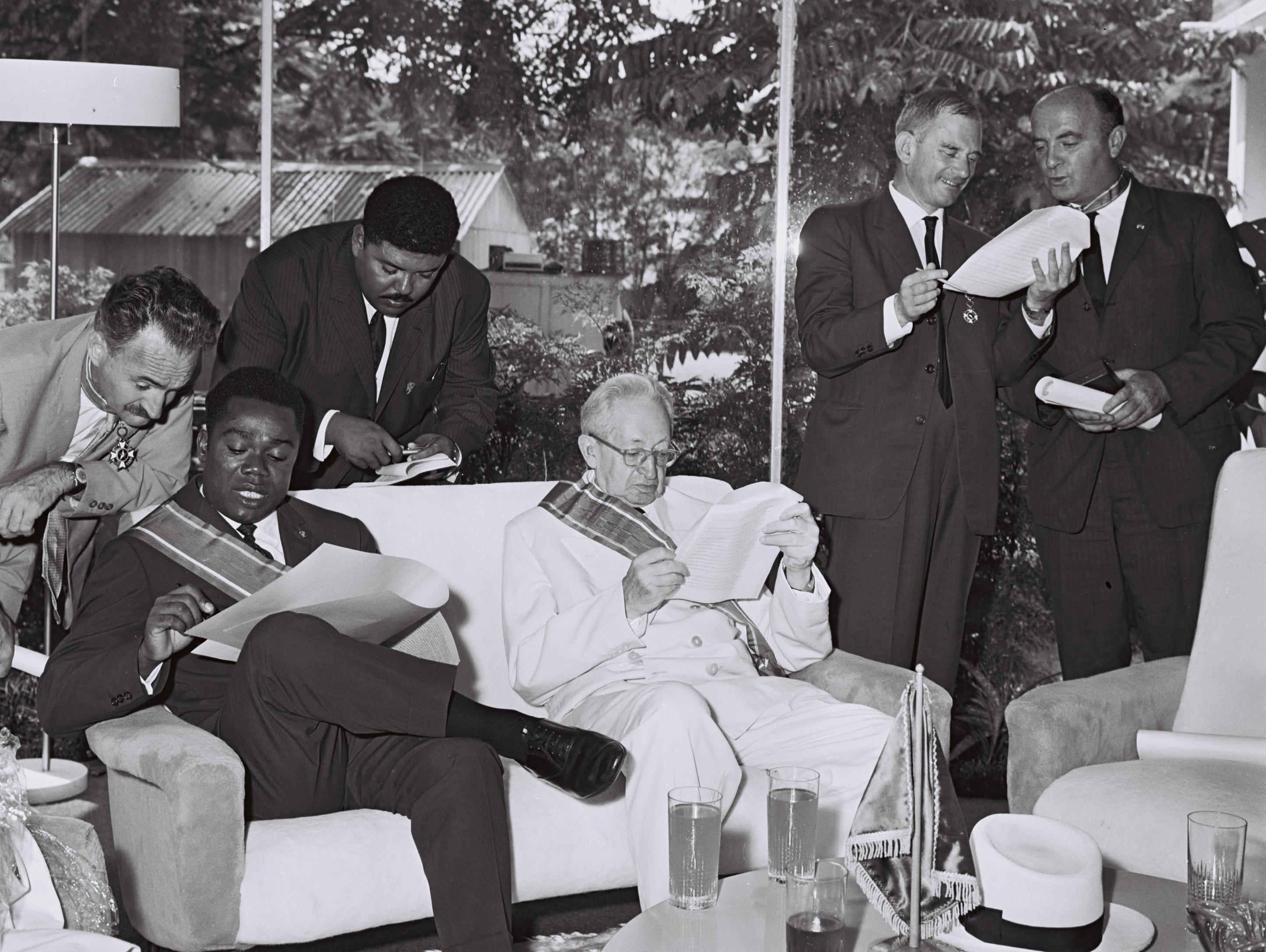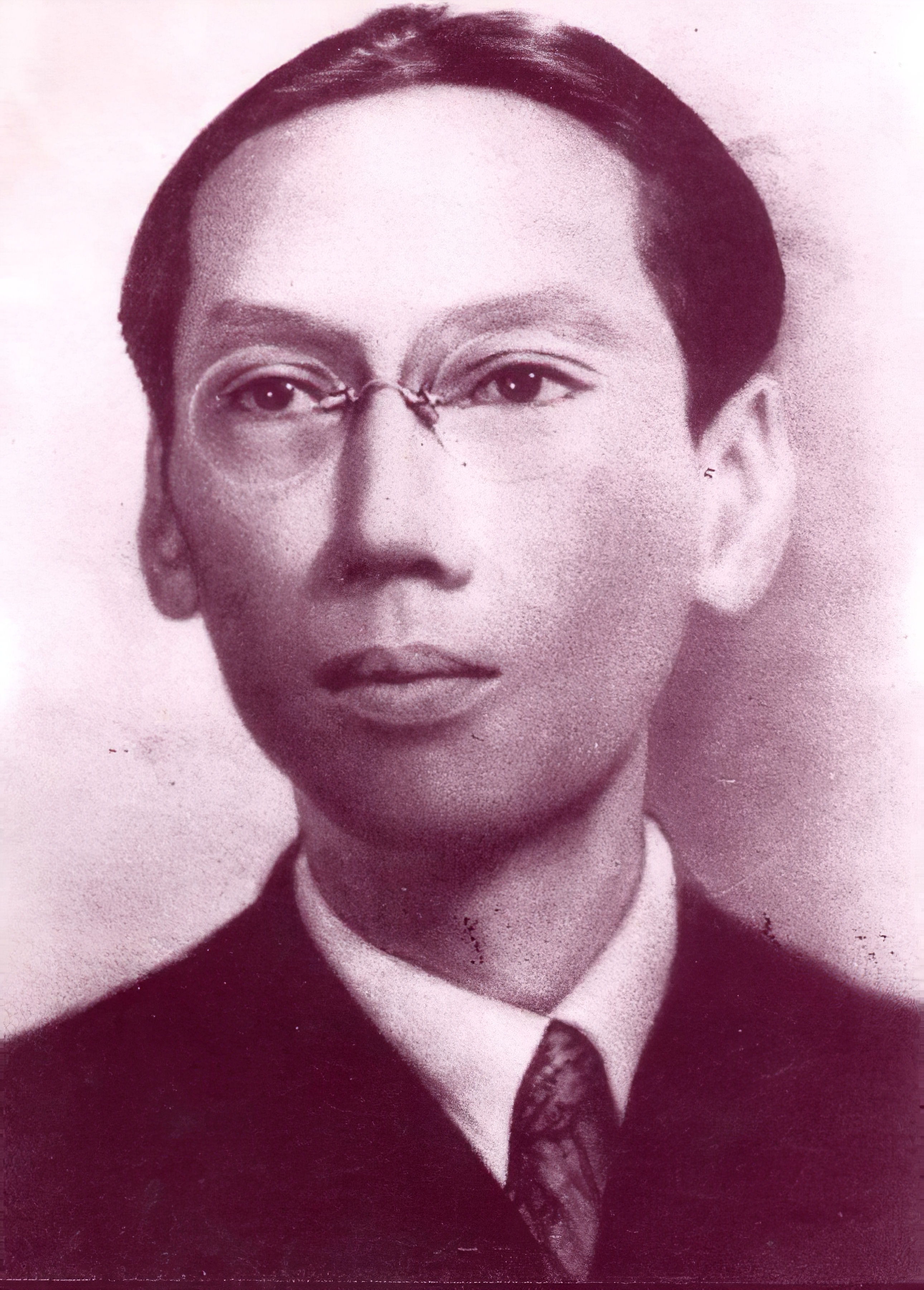|
Lobaye
Lobaye is one of the 16 prefectures of the Central African Republic. Its capital is Mbaïki. Emperor Duy Tân of Vietnam died here on December 26, 1945 in a plane crash. David Dacko, the first and third president of the Central African Republic from 1960-1965 and 1979–1981, was from Lobaye. Location The prefecture is located in the southern part of the country, bordering the Republic of the Congo and the Democratic Republic of the Congo. It shares borders with the prefectures of Mambéré-Kadéï to the northwest, Sangha-Mbaéré to the west, and Ombella-M'Poko to the northeast. It is named for the Lobaye River. Economy Besides Mbaïki, other important cities include Boda, in the north, and Mongoumba, by the Ubangi River. Most of the inhabitants are coffea ''Coffea'' is a genus of flowering plants in the family Rubiaceae. ''Coffea'' species are shrubs or small trees native to tropical and southern Africa and tropical Asia. The seeds of some species, called coffee ... [...More Info...] [...Related Items...] OR: [Wikipedia] [Google] [Baidu] |
Lobaye River
The Lobaye River (or Lobay, french: Rivière Lobaye) is a river of the Central African Republic, a right tributary of the Ubangi River. Course The Lobaye River forms in the west of the country, in the prefecture of Nana-Mambéré and flows in a generally southeast direction through Mambéré-Kadéï and Lobaye to its junction with the Ubangi. The Lobaye drains part of the Carnot sandstone plateau. There is potential for hydroelectric development, particularly in the section between the mouth of the Mbaéré and the Loko-Safa falls. The Lobaye is long, with an average slope of . It rises near Bouar at an elevation of about , and its upper course is called the Bali River as far as Baoro. The upper part is at first torrential, but after some rapids at from its source it flows into a wide U-shaped valley. The lower part is navigable for almost , flowing through equatorial forest. History One of the first Europeans to explore the river was the Belgian Alphonse van Gèle, in Nove ... [...More Info...] [...Related Items...] OR: [Wikipedia] [Google] [Baidu] |
Lobaye
Lobaye is one of the 16 prefectures of the Central African Republic. Its capital is Mbaïki. Emperor Duy Tân of Vietnam died here on December 26, 1945 in a plane crash. David Dacko, the first and third president of the Central African Republic from 1960-1965 and 1979–1981, was from Lobaye. Location The prefecture is located in the southern part of the country, bordering the Republic of the Congo and the Democratic Republic of the Congo. It shares borders with the prefectures of Mambéré-Kadéï to the northwest, Sangha-Mbaéré to the west, and Ombella-M'Poko to the northeast. It is named for the Lobaye River. Economy Besides Mbaïki, other important cities include Boda, in the north, and Mongoumba, by the Ubangi River. Most of the inhabitants are coffea ''Coffea'' is a genus of flowering plants in the family Rubiaceae. ''Coffea'' species are shrubs or small trees native to tropical and southern Africa and tropical Asia. The seeds of some species, called coffee ... [...More Info...] [...Related Items...] OR: [Wikipedia] [Google] [Baidu] |
Mbaïki
Mbaïki (also spelt Mbaki or M'Baiki) is the capital of Lobaye, one of the 14 prefectures of the Central African Republic. It is situated in the southwest of the country, 107 km from the capital Bangui. The economy is based on the coffee and timber industries. Lobaye people and Pygmy people live in the area. There is also a waterfall near the town. Mbaïki was ceded by France to Germany under the terms of the 1911 Morocco-Congo Treaty, becoming part of the German colony of Neukamerun until it was reconquered by the French during World War I. In 1995, the Roman Catholic Diocese of Mbaïki Roman or Romans most often refers to: *Rome, the capital city of Italy *Ancient Rome, Roman civilization from 8th century BC to 5th century AD *Roman people, the people of ancient Rome *''Epistle to the Romans'', shortened to ''Romans'', a letter ... was established in the city. As a consequence of the Central African Republic conflict (2012–present), its previously large Muslim pop ... [...More Info...] [...Related Items...] OR: [Wikipedia] [Google] [Baidu] |
David Dacko
David Dacko (; 1927 – 21 November 2003) was a Central African politician who served as the first president of the Central African Republic from 14 August 1960 to 1 January 1966, and 3rd President from 21 September 1979 to 1 September 1981. After his second removal from power in a '' coup d'état'' led by General André Kolingba, he pursued an active career as an opposition politician and presidential candidate with many loyal supporters; Dacko was an important political figure in the country for over 50 years. Early life and education Dacko was born in the village of Bouchia, near Mbaïki in the Lobaye region, which was then a part of the French Equatorial African territory of Ubangi-Shari to Joseph Iniabodé and Marie Okolania. His parents belonged to the same ethnic group. A M'Baka (Ngbaka), he was a distant cousin of future rival Jean-Bédel Bokassa. Soon after Dacko's birth, his family moved to Boda, where his father worked in a store belonging to a European coffee plan ... [...More Info...] [...Related Items...] OR: [Wikipedia] [Google] [Baidu] |
Boda, Lobaye
Boda is a town located in the Central African Republic prefecture of Lobaye. History On 29 January 2014 Anti-balaka took control of Boda following Seleka withdrawal. In September 2016 Boda was declared to be free from rebel groups. In August 2017 it was reported that the town was under control of security forces following withdrawal of international forces three months before. On 18 December 2020 Boda was captured by rebels from Coalition of Patriots for Change The Coalition of Patriots for Change (''Coalition des patriotes pour le changement'') is a coalition of major rebel groups in the Central African Republic created in 2020 to disrupt the 2020–21 Central African general election. Background O .... It was recaptured by government forces on 24 January 2021. References Sub-prefectures of the Central African Republic Populated places in Lobaye {{CentralAfricanRepublic-geo-stub ... [...More Info...] [...Related Items...] OR: [Wikipedia] [Google] [Baidu] |
Central African Republic
The Central African Republic (CAR; ; , RCA; , or , ) is a landlocked country in Central Africa. It is bordered by Chad to the north, Sudan to the northeast, South Sudan to the southeast, the DR Congo to the south, the Republic of the Congo to the southwest, and Cameroon to the west. The Central African Republic covers a land area of about . , it had an estimated population of around million. , the Central African Republic is the scene of a civil war, ongoing since 2012. Most of the Central African Republic consists of Sudano-Guinean savannas, but the country also includes a Sahelo- Sudanian zone in the north and an equatorial forest zone in the south. Two-thirds of the country is within the Ubangi River basin (which flows into the Congo), while the remaining third lies in the basin of the Chari, which flows into Lake Chad. What is today the Central African Republic has been inhabited for millennia; however, the country's current borders were established by F ... [...More Info...] [...Related Items...] OR: [Wikipedia] [Google] [Baidu] |
Mongoumba
Mongoumba is a town located in the Central African Republic prefecture of Lobaye Lobaye is one of the 16 prefectures of the Central African Republic. Its capital is Mbaïki. Emperor Duy Tân of Vietnam died here on December 26, 1945 in a plane crash. David Dacko, the first and third president of the Central African Republic f .... In Sub-prefecture Mongoumba, Ombella-M'Poko, Central African Republic. Sub-prefectures of the Central African Republic Populated places in Lobaye {{CentralAfricanRepublic-geo-stub ... [...More Info...] [...Related Items...] OR: [Wikipedia] [Google] [Baidu] |
Ombella-M'Poko
Ombella-M'Poko is one of the 16 prefectures of the Central African Republic. Its capital is Bimbo. One important tourist attraction is the Falls of Baoli; however, due to the Baoli dam, the falls only carry water on the weekends. Geography The prefecture lies in the southwestern part of the country and borders the prefectures of Ouham to the north; Lobaye to the south; Ouham-Pendé, Nana-Mambéré, and Mambéré-Kadéï to the west; and Kémo, as well as the independent city of Bangui and the Democratic Republic of the Congo The Democratic Republic of the Congo (french: République démocratique du Congo (RDC), colloquially "La RDC" ), informally Congo-Kinshasa, DR Congo, the DRC, the DROC, or the Congo, and formerly and also colloquially Zaire, is a country in ... to the east. Lake Manuela is also located in this region. References Prefectures of the Central African Republic {{CentralAfricanRepublic-geo-stub ... [...More Info...] [...Related Items...] OR: [Wikipedia] [Google] [Baidu] |
Ubangi River
The Ubangi River (), also spelled Oubangui, is the largest right-bank tributary of the Congo River in the region of Central Africa. It begins at the confluence of the Mbomou (mean annual discharge 1,350 m3/s) and Uele Rivers (mean annual discharge 1,550 m3/s) and flows west, forming the border between Central African Republic (CAR) and Democratic Republic of the Congo. Subsequently, the Ubangi bends to the southwest and passes through Bangui, the capital of the CAR, after which it flows southforming the border between Democratic Republic of the Congo and Republic of the Congo. The Ubangi finally joins the Congo River at Liranga. The Ubangi's length is about . Its total length with the Uele, its longest tributary, is . The Ubangi's drainage basin is about Mean annual discharge at mouth 5,936 m3/s Its discharge at Bangui ranges from about to , with an average flow of about . It is believed that the Ubangi's upper reaches originally flowed into the Chari River and Lake Chad ... [...More Info...] [...Related Items...] OR: [Wikipedia] [Google] [Baidu] |
Duy Tân
Emperor Duy Tân (, vi-hantu, 維新, lit. "renovation"; 19 September 1900 – 26 December 1945), born Nguyễn Phúc Vĩnh San, was the 11th emperor of the Nguyễn dynasty in Vietnam, who reigned for nine years between 1907 and 1916. Early childhood Duy Tân (at the time, known by his birth name, Prince Nguyễn Phúc Vĩnh San) was son of the Thành Thái emperor. Because of his opposition to French rule and his erratic, depraved actions (which some speculate were feigned to shield his opposition from the French) Thành Thái was declared insane and exiled to Vũng Tàu in 1907. The French decided to pass the throne to his son Nguyễn Phúc Vĩnh San, despite the fact that he was only seven years old. The French hoped that someone so young would be easily influenced and controlled, and thus raised to be pro-French. File:Young prince.jpg, Young prince Vinh San (right) Reign, 1906–1916 The efforts on the part of the French to raise the prince to support them largely fail ... [...More Info...] [...Related Items...] OR: [Wikipedia] [Google] [Baidu] |
Coffea
''Coffea'' is a genus of flowering plants in the family Rubiaceae. ''Coffea'' species are shrubs or small trees native to tropical and southern Africa and tropical Asia. The seeds of some species, called coffee beans, are used to flavor various beverages and products. The fruits, like the seeds, contain a large amount of caffeine, and have a distinct sweet taste and are often juiced. The plant ranks as one of the world's most valuable and widely traded commodity crops and is an important export product of several countries, including those in Central and South America, the Caribbean and Africa. Cultivation and use There are over 120 species of ''Coffea'', which is grown from seed. The two most popular are ''Coffea arabica'' (commonly known simply as "Arabica"), which accounts for 60–80% of the world's coffee production, and '' Coffea canephora'' (known as "Robusta"), which accounts for about 20–40%. '' C. arabica'' is preferred for its sweeter taste, while ''C. canepho ... [...More Info...] [...Related Items...] OR: [Wikipedia] [Google] [Baidu] |



